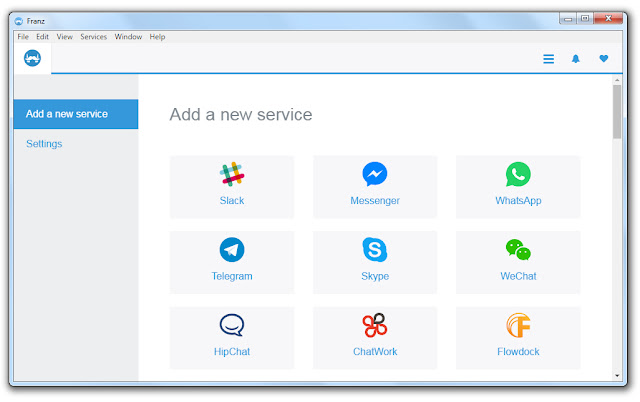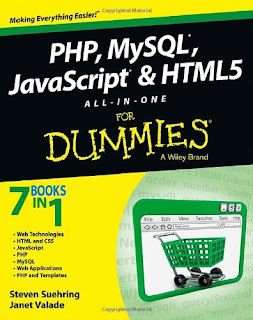Comparison of the digital publishing formats .pdf .epub .issue for creating digital magazines
This is a quick review of the three main formats for publishing digital magazines other than our favourite online publishing medium (HTML & CSS). These formats are primarily designed to be consumed as magazines in an application specific to a device (iPad, Kindle, Galaxy tab, etc.) rather than a web page in a browser.
.pdf format
The advantage of using pdf is that the design is "locked in" when it is created. The user has little control and cannot change font, text or format. For designers this is a bonus as their baby can't be mangled by such things as browser version or screen size. However, there is no elastic of liquid layout which can prove a problem given that different devices have different aspect ratios. Users end up moving the document around or zooming in and out to see the whole page.
Interactive pdfs can include buttons, hyperlinks, page transitions, embedded swf and videos (see my link at the bottom on making interactive pdfs)
.epub format
The epub format is used by Kindle, Nook and other e-books. It is styled like a simple version of XHTML with CSS, and includes interactive table of contents (hyperlinks) and images placed as anchored objects. The disadvantage for designers is that style (size, layout, font, etc) and layout control is based on the capabilities of the end device. This is designed for text (books) rather than magazines that require quality photography (colour!) and typography.
.issue format
The .issue format is a content file that requires a digital content viewer (device specific) to "play" the digital magazine. The .issue file bundles separate horizontal and vertical layouts (think of a tablet as it's flipped from portrait to landscape). It can include page transitions, animation, video, interactivity and is touch interface friendly. However, it is all too easy to create digital magazines with huge file sizes!! Many apps for digital magazines (Wired mag) are in fact just branded digital content viewers that downloads the latest .issue file.
The current surge in digital publishing is driven by the number of available handheld devices, and the publishing industry trying to generate revenue as print goes into decline. The open standards web is being ignored to a certain extent as publishers are walling themselves into devices and formats that they can control and extract payments. How will this strategy pan out? Let's wait and see (but don't be surprised when other non-open standard digital magazine formats appear).
Keep tuned to this blog - time permitting I'll write more detail about both the .epub and .issue formats and how to actually make digital magazines. COMMENT on this post about digital magazine formats that you would like to see covered in more depth.
.pdf format
The advantage of using pdf is that the design is "locked in" when it is created. The user has little control and cannot change font, text or format. For designers this is a bonus as their baby can't be mangled by such things as browser version or screen size. However, there is no elastic of liquid layout which can prove a problem given that different devices have different aspect ratios. Users end up moving the document around or zooming in and out to see the whole page.
Interactive pdfs can include buttons, hyperlinks, page transitions, embedded swf and videos (see my link at the bottom on making interactive pdfs)
The epub format is used by Kindle, Nook and other e-books. It is styled like a simple version of XHTML with CSS, and includes interactive table of contents (hyperlinks) and images placed as anchored objects. The disadvantage for designers is that style (size, layout, font, etc) and layout control is based on the capabilities of the end device. This is designed for text (books) rather than magazines that require quality photography (colour!) and typography.
.issue format
The .issue format is a content file that requires a digital content viewer (device specific) to "play" the digital magazine. The .issue file bundles separate horizontal and vertical layouts (think of a tablet as it's flipped from portrait to landscape). It can include page transitions, animation, video, interactivity and is touch interface friendly. However, it is all too easy to create digital magazines with huge file sizes!! Many apps for digital magazines (Wired mag) are in fact just branded digital content viewers that downloads the latest .issue file.
The current surge in digital publishing is driven by the number of available handheld devices, and the publishing industry trying to generate revenue as print goes into decline. The open standards web is being ignored to a certain extent as publishers are walling themselves into devices and formats that they can control and extract payments. How will this strategy pan out? Let's wait and see (but don't be surprised when other non-open standard digital magazine formats appear).
Keep tuned to this blog - time permitting I'll write more detail about both the .epub and .issue formats and how to actually make digital magazines. COMMENT on this post about digital magazine formats that you would like to see covered in more depth.





Comments
Post a Comment